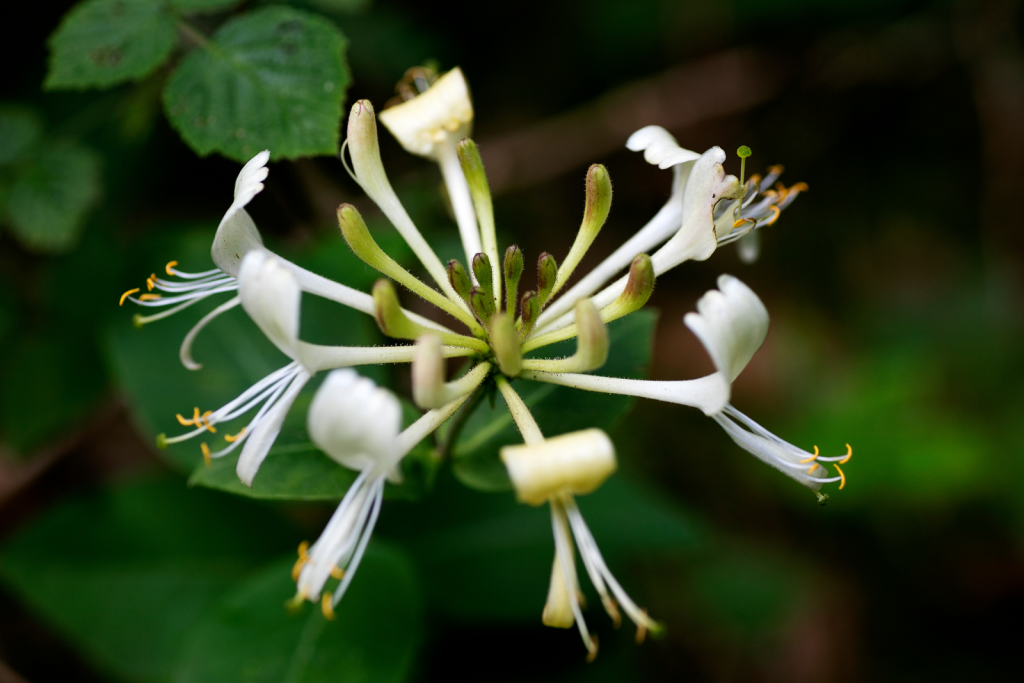Let’s explore the critical topic of invasive species removal and how it plays a pivotal role in restoring and maintaining the health of our ecosystems worldwide.
Invasive species are non-native organisms that, when introduced to a new environment, outcompete native species for resources and disrupt the ecosystem’s natural functions. These invaders can be plants, animals, insects, or microorganisms, and they often lack natural predators or controls in their new habitat. As a result, they multiply rapidly, displacing native species and alter the ecosystem’s dynamics.
The presence of invasive species can have devastating consequences for ecosystems:
Biodiversity Loss: Invasive species can outcompete native species for food, shelter, and breeding resources, leading to a decline in native populations and, in some cases, extinctions.
Habitat Degradation: Invasive plants can form dense monocultures, crowding out native vegetation and reducing the availability of food and shelter for wildlife.
Altered Fire Regimes: Some invasive plants are highly flammable and can increase the frequency and intensity of wildfires, further degrading habitats.
What are some common invasive plant species around the Mid-West?
Common Buckthorn: This shrub or small tree is known for its aggressive growth and the ability to form dense thickets, crowding out native vegetation.
Japanese Honeysuckle: This twining vine is recognized for its fragrant white and yellow flowers. However, it can smother native plants and disrupt ecosystems.
European Common Reed: A tall, dense grass that forms monocultures in wetlands, pushing out native plants and altering habitats.
Multiflora Rose: This thorny shrub can form impenetrable thickets in fields and forests, displacing native species.
The Importance of Invasive Species Removal
Removing invasive species allows native plants and animals to reclaim their habitats, promoting biodiversity and helping to conserve endangered species. Invasive species removal is a critical step in promoting a well-rounded ecosystem. By taking action to control and eradicate invasive species, we can help protect native biodiversity, restore ecosystem functionality, and ensure a healthier and more balanced natural world for generations to come.
At FDCE, we strive to preserve the health of a balanced ecosystem. Our commitment extends to local wildlife management, conservation, and soil health enhancement. Through our offerings, including CRP mixes sourced from All Native Seed and comprehensive land management solutions, we establish harmonious environments that benefit both natural habitats and communities. Contact us today for a personalized consultation and quote.

